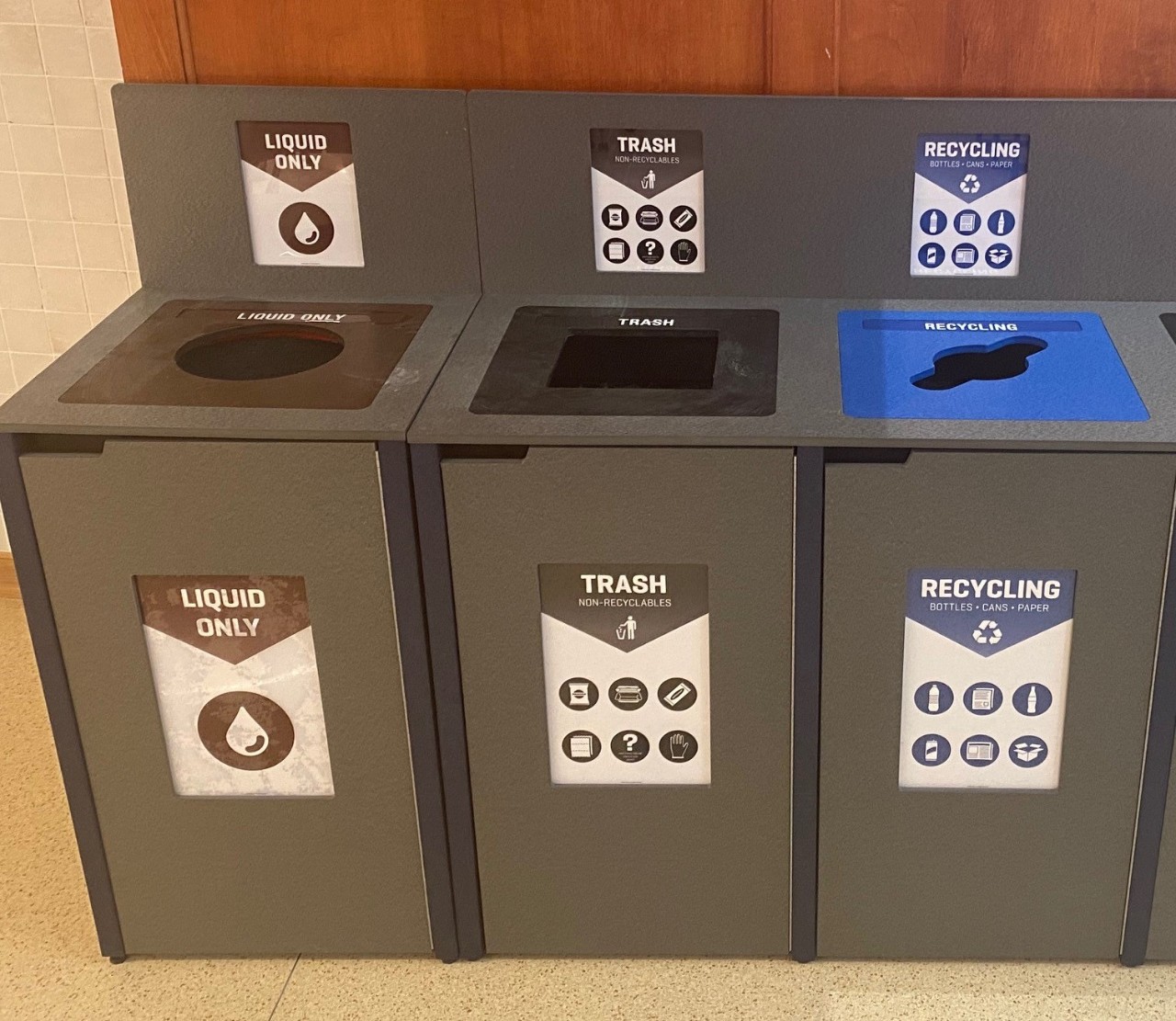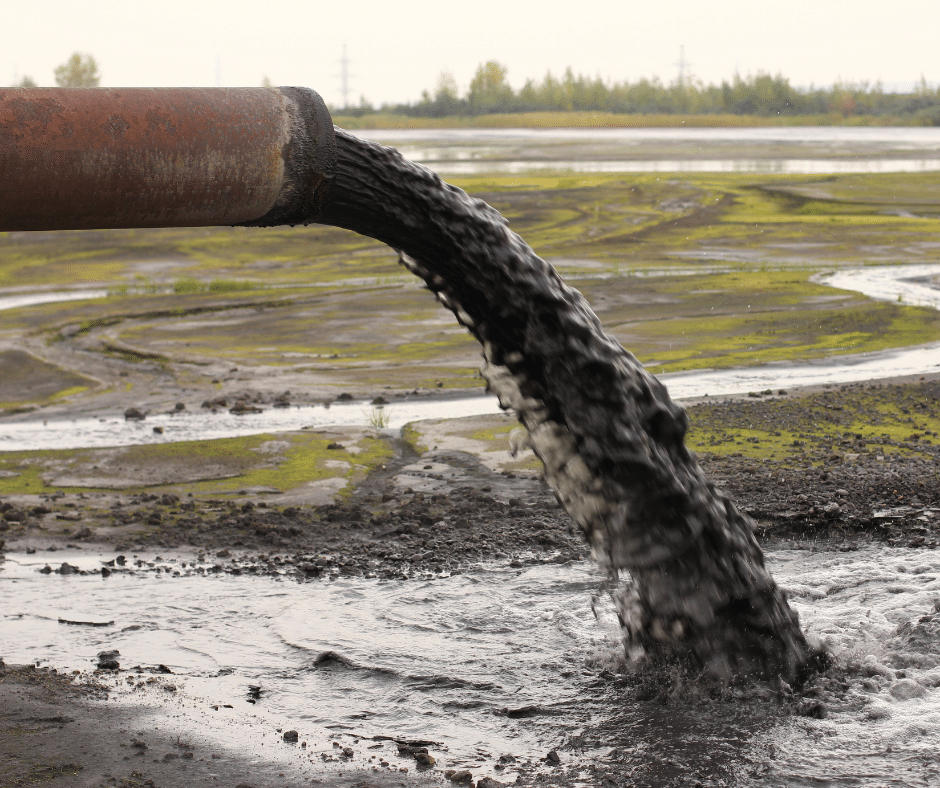Leading Liquid Waste Disposal Melbourne: Trusted Providers for Correct Waste Monitoring
Leading Liquid Waste Disposal Melbourne: Trusted Providers for Correct Waste Monitoring
Blog Article
Exactly How Fluid Waste Disposal Functions: A Comprehensive Review of Methods and Technologies Utilized

Introduction of Fluid Waste Kind
The intricacy of fluid waste kinds necessitates a comprehensive understanding of their characteristics and ramifications for disposal. Fluid waste can generally be classified right into a number of kinds, consisting of commercial, community, farming, and contaminated materials. Each group displays unique homes, requiring specific management approaches to minimize environmental and health risks.
Industrial fluid waste originates from making procedures and frequently consists of a variety of impurities, such as heavy steels, solvents, and organic substances. Metropolitan fluid waste, largely comprising wastewater from households and business establishments, consists of organic matter, nutrients, and pathogens (industrial wastewater treatment). Agricultural fluid waste, consisting of overflow from ranches, might consist of fertilizers, pesticides, and pet waste, presenting threats to water top quality and communities
Harmful liquid waste is characterized by its poisoning, reactivity, or potential to trigger injury. Understanding these diverse fluid waste kinds is essential for establishing effective disposal approaches and making sure conformity with environmental regulations.
Physical Therapy Techniques

Screening is the initial step, where larger bits and debris are removed from the fluid waste using screens or grates. This procedure secures downstream devices from damage and makes certain smoother procedure. Adhering to testing, sedimentation makes use of gravitational pressure to separate solids from fluids. In sedimentation tanks, heavier particles work out near the bottom, creating a sludge layer, while the made clear liquid can be more dealt with.
Purification is an additional essential approach that involves passing the fluid through porous materials, such as sand or membrane layers, to capture smaller sized bits. This step improves the quality of the liquid, making it appropriate for subsequent therapy processes.

Chemical Treatment Techniques
Chemical treatment techniques are vital for successfully managing fluid waste, particularly in dealing with dissolved and colloidal pollutants that physical techniques may not sufficiently get rid of. These techniques utilize various chemical agents to neutralize, speed up, or transform harmful substances right into less damaging kinds.
One typical method is coagulation and flocculation, where chemicals such as alum or ferric chloride are contributed to advertise the aggregation of put on hold fragments. This procedure boosts sedimentation, permitting less complicated elimination of the resulting sludge. In addition, oxidation processes, employing representatives like chlorine or ozone, are used to damage down intricate organic compounds and virus, rendering the waste much safer for discharge or further therapy.
Neutralization is another vital method, which adjusts the pH of acidic or alkaline waste streams to neutral degrees, protecting against prospective harm to downstream systems and the atmosphere. In addition, progressed oxidation procedures (AOPs) utilize combinations of oxidants and ultraviolet light to break down relentless contaminants, attaining a greater degree of treatment efficiency.
Biological Treatment Processes
Biological therapy processes play a vital duty in the monitoring of fluid waste by making use of microbes to disintegrate natural issue and lower impurity degrees. These procedures can be generally classified into aerobic and anaerobic treatments, each utilizing specific microbial neighborhoods to attain effective waste destruction.
Cardio therapy entails using oxygen to promote the failure of natural materials by microorganisms. This procedure is generally applied in triggered sludge systems, where aeration tanks provide a helpful setting for microbial growth, resulting in the oxidation of organic toxins. The resultant biomass can be separated from treated effluent with sedimentation.
On the other hand, anaerobic treatment takes place in the lack of oxygen, relying on various bacteria to break down natural matter. This method is particularly useful for high-strength waste, as click resources it produces biogas, an eco-friendly power source, while reducing sludge manufacturing. Technologies such as anaerobic digesters are frequently used in industrial and municipal applications.
Both anaerobic and cardiovascular organic treatments not just lessen the environmental effect of liquid waste yet also promote resource recuperation, making them necessary components of lasting waste management approaches. Their adaptability, efficiency, and performance sustain their prevalent implementation throughout numerous fields.
Emerging Technologies in Disposal
Cutting-edge approaches to liquid garbage disposal are swiftly evolving, driven by developments in technology and an enhancing focus on sustainability. Among these emerging innovations, membrane bioreactors (MBRs) have obtained traction for their ability to integrate biological treatment with membrane filtering, causing top quality effluent that can be reused in different applications. MBRs allow smaller sized footprints and a lot more reliable procedures contrasted to traditional systems.
An additional encouraging growth is making use of anaerobic digestion combined with nutrient recovery modern technologies, which not only treats fluid waste but also generates biogas and recovers useful nutrients like nitrogen and phosphorus. This twin advantage boosts source effectiveness and minimizes ecological impact.
Additionally, advanced oxidation processes (AOPs) are being adopted for the destruction of intricate natural pollutants. These methods utilize effective oxidants and stimulants to damage down pollutants at the molecular level, offering a very efficient service for challenging waste streams.
Furthermore, the integration of expert system and artificial intelligence in waste monitoring systems is maximizing operational efficiency and predictive maintenance, bring about minimized expenses and improved ecological compliance. These modern technologies show a considerable shift in the direction of more effective and sustainable fluid garbage disposal practices.
Verdict
In conclusion, efficient fluid waste disposal requires a comprehensive understanding of different methods and check my site modern technologies. By continuously progressing these techniques, it comes to be possible to attend to the expanding obstacles associated with liquid waste, eventually contributing to ecological defense and source recovery.
Liquid waste disposal is an essential aspect of environmental management, needing a Click This Link detailed understanding of numerous techniques and technologies tailored to various waste kinds. Fluid waste can generally be categorized into several types, consisting of commercial, municipal, agricultural, and hazardous waste. Agricultural liquid waste, including runoff from farms, may include plant foods, chemicals, and animal waste, posing threats to water top quality and ecological communities.
Numerous physical therapy approaches play a crucial function in taking care of liquid waste effectively - industrial wastewater treatment.In verdict, reliable fluid waste disposal necessitates a detailed understanding of different methods and technologies
Report this page